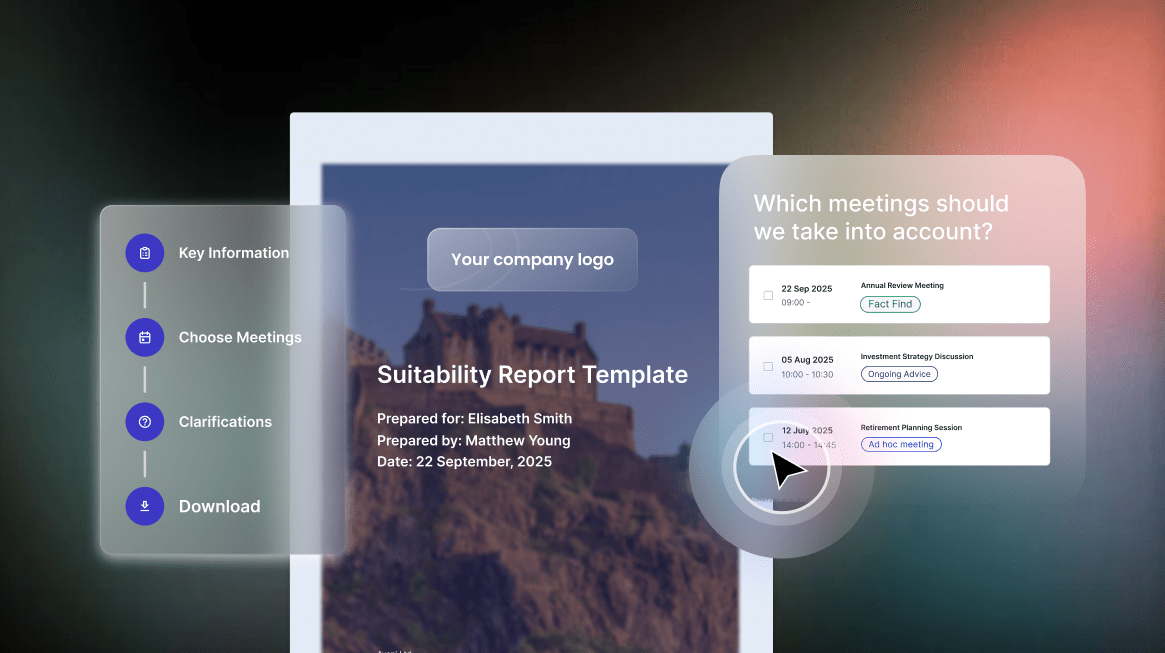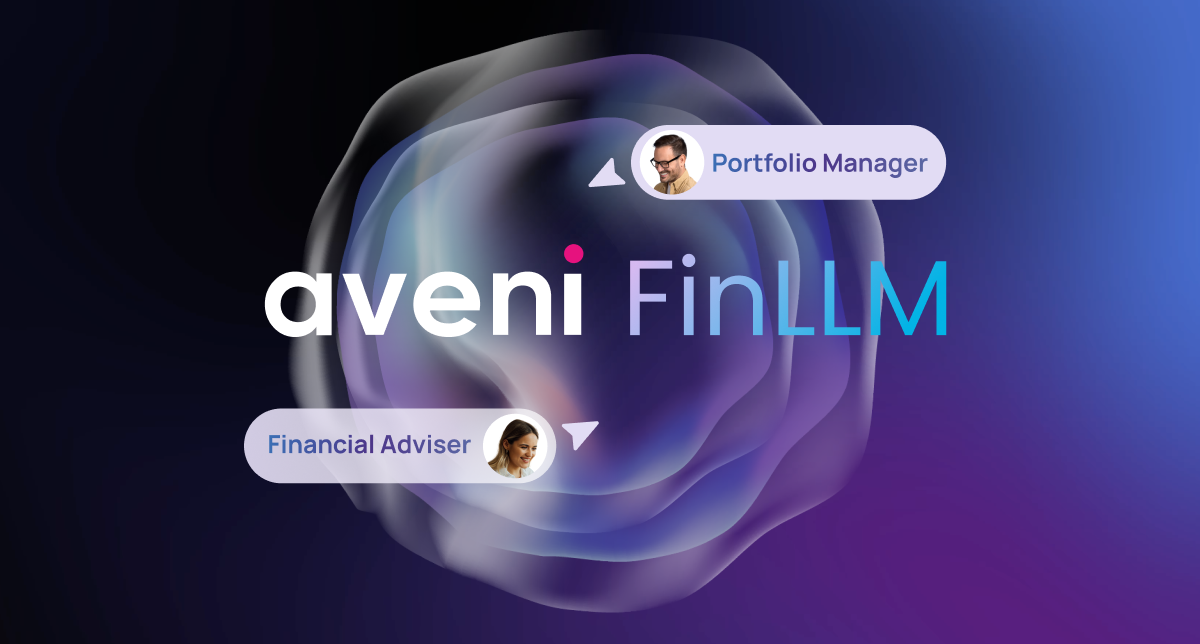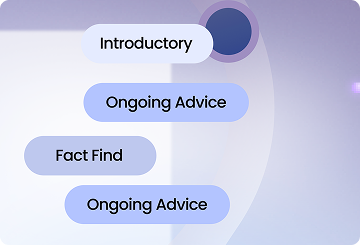Cutting-edge methods to deliver accurate, compliant and efficient AI in finance
Training LLMs is now central to how banks, insurers and fintechs automate complex decisions, reduce compliance risk and improve customer outcomes. The use of LLMs in financial services has moved beyond pilots—these models now underpin critical operations from fraud detection to investment management.
To implement these tools responsibly, firms must follow a structured process for training LLMs that reflects the nuances of finance: technical terminology, regulatory compliance, and human oversight.
Step 1: Curate Specialised Financial Datasets for Training LLMs
The foundation of any LLM lies in its training data. For financial services, this involves carefully collecting domain-specific data, including:
-
Financial statements and reports
-
Regulatory filings (e.g. FCA, SEC, Basel IV)
-
Earnings call transcripts
-
Client communications and call recordings
-
Real-time news and market updates
Modern techniques for data preparation in training LLMs include:
-
Synthetic data generation: Creating realistic, privacy-preserving datasets where raw client data is limited or sensitive.
-
Toxic data mitigation: Teaching the model to spot and avoid biased, misleading or harmful inputs.
-
Live data integration: Connecting to platforms like Bloomberg or Refinitiv to ensure up-to-date insights.
Key challenges when training LLMs in financial services (2025):
-
Data privacy regulations: Solutions like federated learning and differential privacy are vital for GDPR and CCPA compliance.
-
Data freshness: Regular retraining helps prevent model drift, especially when policies or regulatory frameworks (e.g. MiFID III) are updated.
Step 2: Fine-Tune LLMs for High-Stakes Financial Tasks
After gathering the right data, the next phase in training LLMs involves fine-tuning. General-purpose LLMs often fall short when interpreting technical language or delivering risk-sensitive outputs.
Best practices for fine-tuning LLMs in financial services include:
-
Reinforcement Learning from Human Feedback (RLHF): Analysts and domain experts guide model behaviour, especially in use cases like credit risk assessment or investment strategy.
-
Domain-specific tokenisation: Teaching the model how sector-specific terms vary by context—for example, “LTV” meaning loan-to-value vs. lifetime value.
-
Bias auditing: Running checks to uncover hidden biases that could impact things like credit scoring or product suitability.
Example: JPMorgan’s docLLM demonstrates the value of targeted fine-tuning, achieving 98% accuracy in processing complex financial documents using both text understanding and layout analysis.
Step 3: Implement Guardrails When Training LLMs for Regulated Industries
The final step in training LLMs in financial services is building robust governance. These models operate in high-risk, regulated environments, where a single error could cause reputational damage or legal exposure.
Essential components include:
-
Explainable AI (XAI): Ensuring outputs can be traced back to original data, such as showing the specific section of an SEC filing that triggered a fraud flag.
-
Compliance-aware validation: Real-time checks using tools like LangChain to compare model outputs against current regulatory requirements.
-
Human-in-the-loop (HITL) review: Assigning humans to oversee and validate high-risk outputs such as lending decisions, investment advice, or regulatory reports.
What’s new in 2025:
-
AI agents: Automated systems that handle tasks like identity verification or KYC, flagging edge cases to human teams.
-
Multimodal LLMs: Models that can handle not just text but voice calls, scanned documents and video, for instance, analysing earnings call sentiment or contract scans.
Common Pitfalls to Avoid When Training LLMs in Financial Services
The most effective models are not just powerful, they’re reliable and sustainable. Here’s what to avoid in 2025:
-
Cloud-only deployment: On-premise or hybrid approaches ensure data sovereignty and regulatory alignment.
-
Hallucinations: Retrieval-augmented generation (RAG) can help ground responses in trusted sources like regulatory filings or market data.
-
High energy consumption: Green AI techniques, such as sparse training and model quantisation, cut carbon usage by up to 40%.
What’s Next for LLMs in Financial Services?
The LLM market is projected to grow over 30% annually, with financial services leading the charge in real-world adoption. Emerging directions include:
-
Regulatory LLMs: Models trained specifically on regional legal and compliance frameworks, able to parse legislation and flag relevant updates.
-
AI copilots for professionals: Assistant tools are helping financial advisers, compliance officers and analysts to summarise documents, prepare reports, and accelerate decision-making.
Case in point: Morgan Stanley’s GPT-based research assistant has cut time spent on equity analysis by over 50%.
Why Training LLMs Properly Matters in Financial Services
Success with LLMs in financial services hinges on proper training, not just raw computing power. With well-curated data, targeted fine-tuning, and strong oversight, firms can build models that are not only accurate but also safe, transparent and regulator-ready.
Firms that master training LLMs with a focus on trust, control and domain expertise will be the ones driving innovation across the financial sector in the years ahead.
→ Ready to future-proof your AI strategy? Book a demo with our team.






